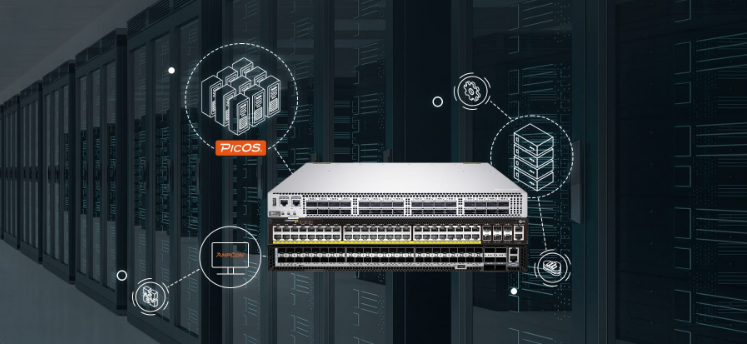What is a switch? What does a switch do? A switch is a common network device in computer networks that enables high-speed data exchange between connected computers. Used to forward data packets within a local area network (LAN) or wide area network (WAN). It is one of the key components for packet forwarding and network communication.

A switch acts like a traffic light in the network, forwarding data packets from one port to another based on the destination address to enable communication between devices. Wintop Optical switches are used in all aspects of life; for example, application scenarios mainly include smart transportation, safe cities, high-speed bayonet capture, building security monitoring, power industry, digital substations, etc. There are currently thousands of successful cases of industry solutions kind, active series and extension series products widely used in the market.
- So what are the characteristics of switches? What's the difference? The following will give you a deeper understanding of the switch based on the following aspects.
- Number of ports
The number of ports is the number of network cable interfaces provided by a switch that can be directly connected to a computer. At present, the common number of switch ports generally includes 4, 8, 16, 24, 48, etc. Wintop Optical switch products cover all the above port numbers, with complete types and powerful functions.
- Brand
When purchasing switches, you should choose switches from well-known brands, such as Wintop Optical industrial switches (Wintop series, Tuo series), etc. For ordinary consumers or small and medium-sized enterprises, it is enough to choose a cost-effective source widening series switch, while for large enterprises and network switching center departments, they should purchase powerful three-layer network managed switches. At present, Wintop Optical is preparing to launch the latest three-layer network managed switch, you can pay attention to it.
- Bandwidth
The bandwidth of common switches currently on the market is generally divided into 100Mb/s and 1000Mb/s. Although 1000Mb/s ports can provide higher network bandwidth, its price is often 10 to 20 times more expensive than a 100Mb/s switch with the same number of ports. Therefore, for ordinary consumers, choosing a 100Mb/s switch will suffice. Daily needs. Users with higher bandwidth requirements need to choose industrial-grade switches, because industrial-grade switches have better performance configurations, higher working environment requirements, and more reliable quality.
- After talking about the characteristics of switches, what are the functions of switches?
- Realize high-speed data exchange between devices in the LAN and improve the transmission efficiency and speed of the network.
- To achieve network segmentation and isolation, the network can be divided into multiple virtual network segments to improve network security.
- Realize data exchange and forwarding between different devices. Data packets can be sent from the host to the target port, thereby realizing communication between different devices.
- Realize network traffic control and management, which can control and manage traffic for different ports, different users or different applications, thereby optimizing network performance and improving network reliability and stability.
From the above, what is a switch and how to choose a switch? Explanation of the functions of switches I believe that everyone has a deeper understanding of switches, so it is very important to choose a switch that suits you. After learning the above points, do you now know how to choose a switch?
